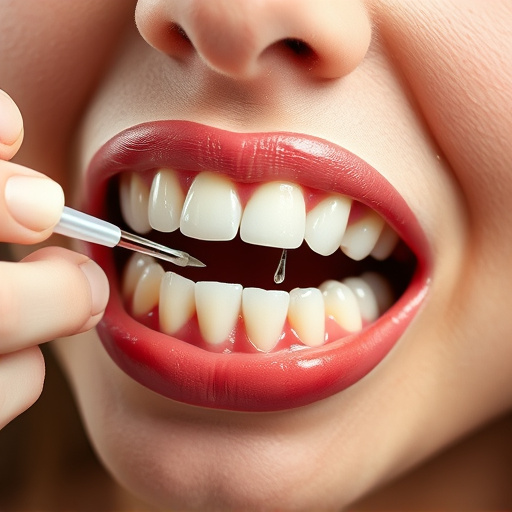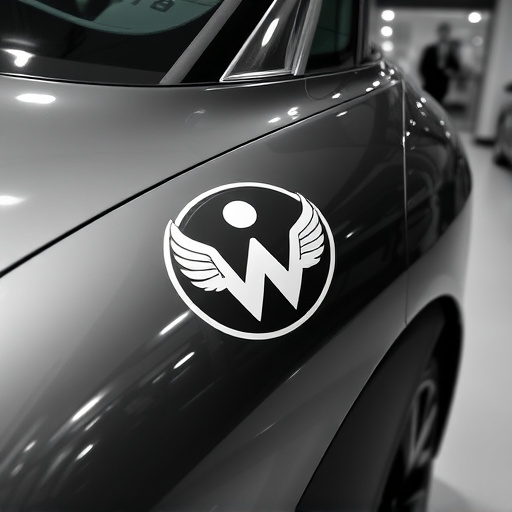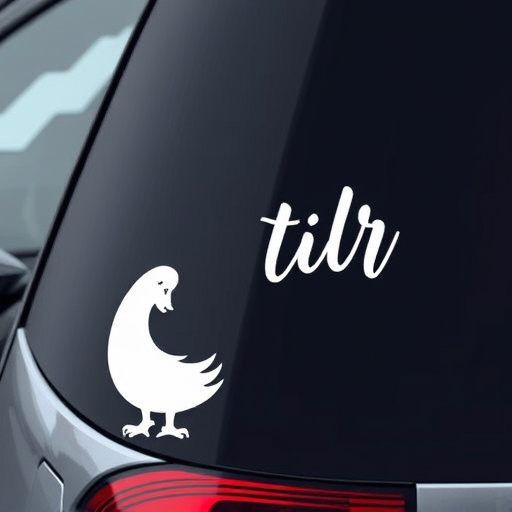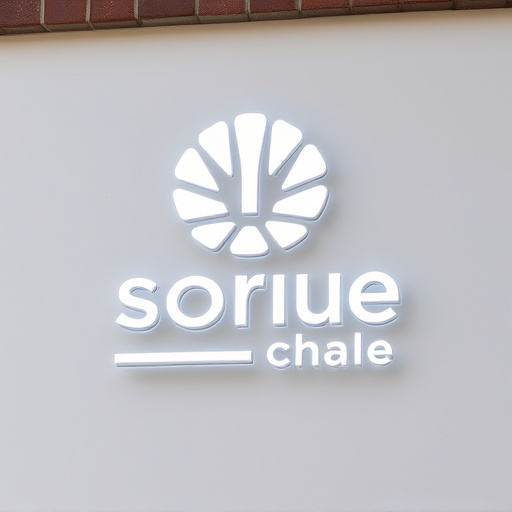Clear coat restoration involves sanding, compounding, and buffing for a glossy finish. DIY enthusiasts should use high-quality tools and products, while custom vehicle wraps offer protection and customization. Assess skill level and damage extent before attempting restoration; extensive repairs may require professional help. Prioritize safety with protective gear, proper ventilation, and caution while using tools and sharp objects. Work on a stable surface to avoid accidents during delicate tasks.
Thinking about restoring your car’s clear coat yourself? It’s a popular DIY option, but it’s crucial to understand when and how to attempt this process safely. This guide breaks down the basics of clear coat restoration, signs that DIY is feasible for your vehicle, and essential safety precautions to ensure a successful, chip-free finish.
- Understanding Clear Coat Restoration Basics
- When DIY Is Feasible for Restoration
- Safety Precautions Before Attempting Restoration Yourself
Understanding Clear Coat Restoration Basics
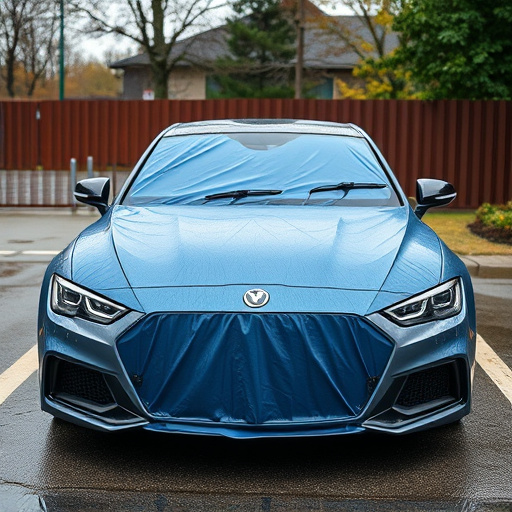
Clear coat restoration is a process that involves repairing and enhancing the protective clear coating on your vehicle’s paintwork. This coating, often referred to as the clear coat, is the final layer of protection over the base color and provides a glossy finish. Understanding this process is crucial when deciding whether to attempt it yourself or hire a professional.
The basics involve sanding down the affected area to remove any damage, oxidation, or imperfections, then applying a suitable restoration compound. After allowing it to dry, you’ll need to buff the surface to achieve a smooth finish. For those considering DIY clear coat restoration, it’s essential to invest in high-quality tools and products, such as polishes and pads designed for this purpose. Custom vehicle wraps can also provide an alternative solution, offering both protection and the ability to transform your vehicle’s look with various colors and designs.
When DIY Is Feasible for Restoration
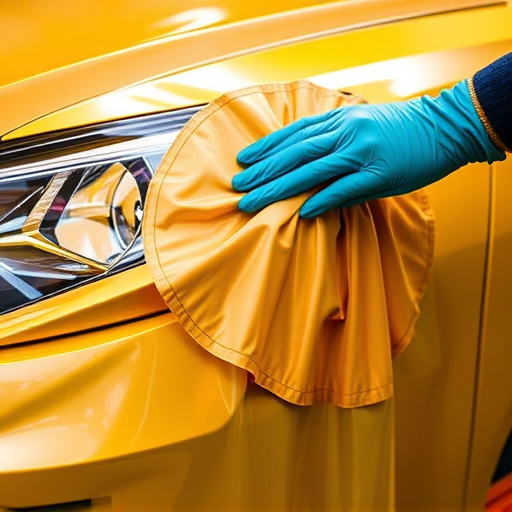
For many car enthusiasts, clear coat restoration is a DIY project that can be both rewarding and cost-effective. It’s feasible to attempt this process yourself if your vehicle’s damage is minimal and confined to specific areas. Small chips, scratches, or faded gloss are all good candidates for at-home restoration. Using high-quality finishes tailored for automotive detailing, you can achieve a professional look without the hefty price tag of a shop.
Car customization enthusiasts often find that restoring their own clear coats allows them to maintain control over the final aesthetic. Plus, it’s an opportunity to learn valuable skills in automotive detailing. However, it’s crucial to assess your skill level and the extent of damage accurately before beginning. If you’re unsure or dealing with extensive repairs, consulting a professional might be the better choice to ensure top-notch results for your vehicle.
Safety Precautions Before Attempting Restoration Yourself
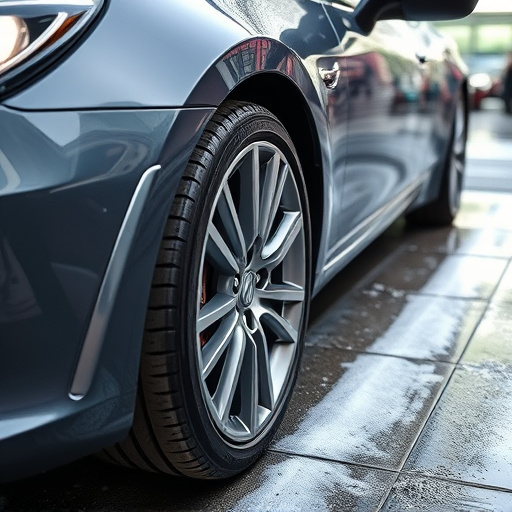
Before taking on a clear coat restoration project yourself, there are several safety precautions to be aware of. First and foremost, clear coat contains chemicals that can be harmful if inhaled or come into contact with your skin. Always wear protective gear, including gloves, goggles, and a respirator mask, designed for painting and automotive applications. Ensure proper ventilation in the work area by opening windows or using an exhaust fan to prevent the buildup of toxic fumes.
Additionally, clear coat restoration involves working with power tools and potentially handling sharp objects like scrapers and sandpaper. Take caution to avoid accidents by wearing safety glasses and ensuring your workspace is free from clutter. It’s also crucial to work on a stable, level surface to prevent slips or falls while handling delicate restoration tasks. Remember that proper preparation and safety measures can make a significant difference in the outcome of your DIY clear coat restoration endeavor.
Clear coat restoration can be a rewarding DIY project, but it’s crucial to assess your skills and safety measures before attempting it. If you’re comfortable with the process and take appropriate precautions, like wearing protective gear and using proper techniques, you may achieve successful results. However, for complex or extensive damage, professional clear coat restoration is recommended to ensure a high-quality finish and long-lasting protection for your vehicle’s paintwork.






